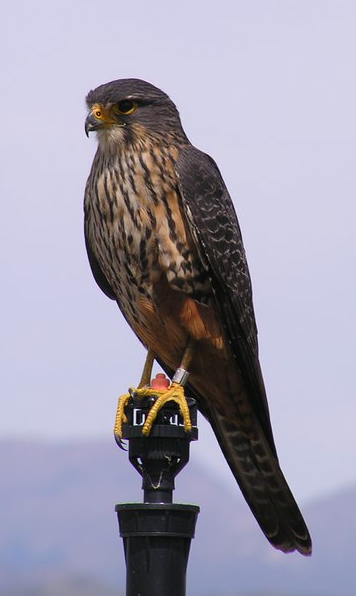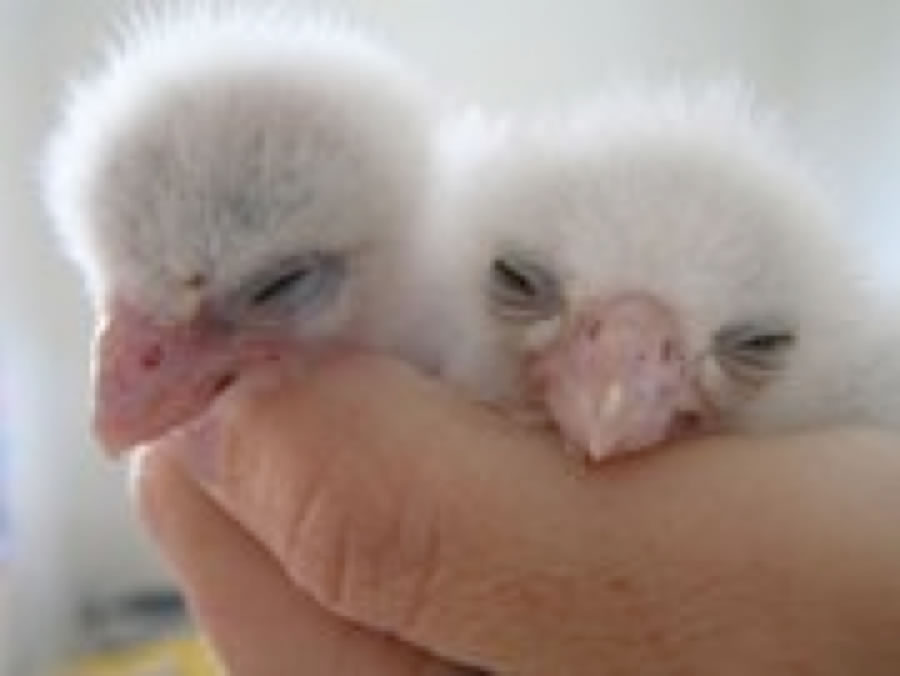My MSc research project involved assessing variation among the three recognised kārearea morphotypes; bush, eastern and southern, which appear to differ in terms of size, colouration, range and even ecology. This task was complicated by the fact that falcons are sexually dimorphic with males being significantly smaller than females, and the plumage of young kārearea is different from adults. So, observations in the field can be tantelizing and even misleading. My project involved analysis of a combination of different character types. I collated morphometric data routinely obtained from live birds (e.g. wing and tarsus lengths, body mass), photographs showing colour variation, osteometric and plumage data, measurements from museum skins, and population genetic information. Molecular work involved sequencing fragments of mitochondrial DNA, and genotyping kārearea populations using micrsatellites. This work involves a wider range of sampling techniques, including my own sample collecting from live birds around the country and those gathered from existing collections in museums. This resaerch, funded by the New Zealand Department of Conservation, helps resolve uncertainty about the taxonomic and thus conservation management status of kārearea populations in New Zealand, and is progressing alongside research on kārearea breeding ecology at Massey University.
In, soon to be published research, we show that two morphtypes of kārearea exist and that their distributions correlate closely with the two main islands of New Zealand. However, we found genetic diversity is low and not strongly partitioned geographically. Ongoing work is focussed at gathering more detailed genetic data and ecological data and will include tracking the dispersal of young kārearea.
For more on Kārearea and Falcons |
 
|